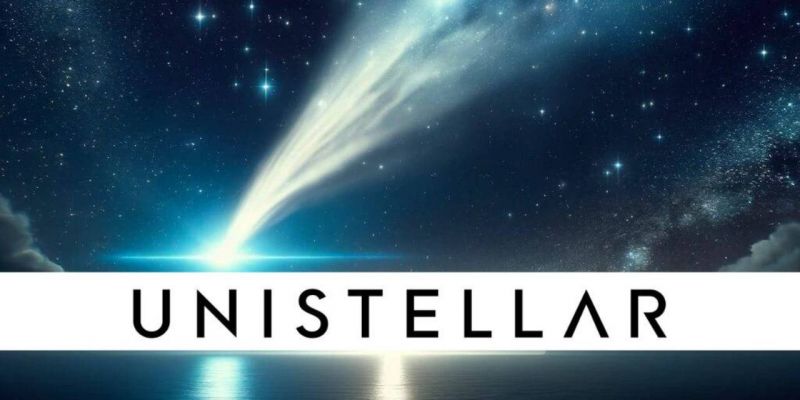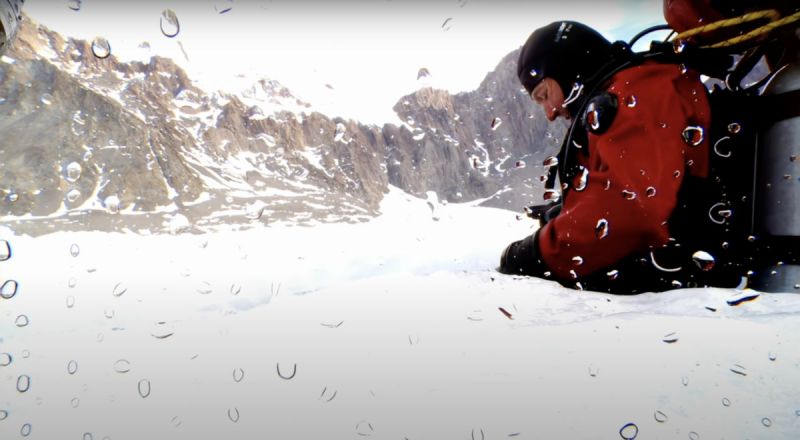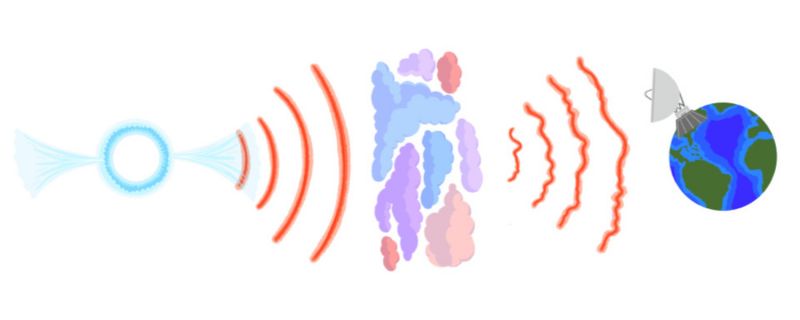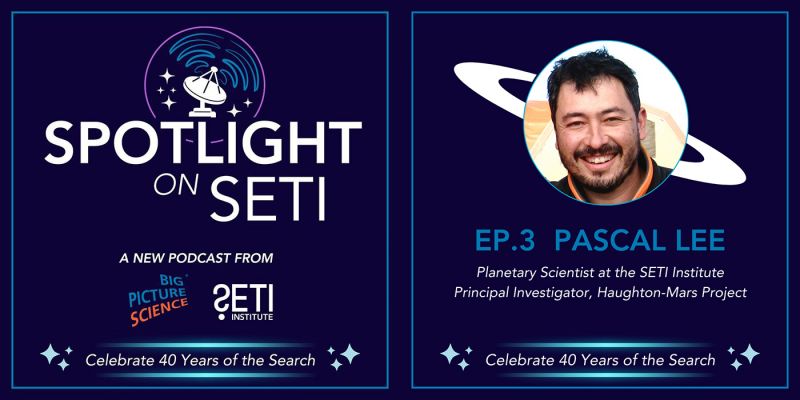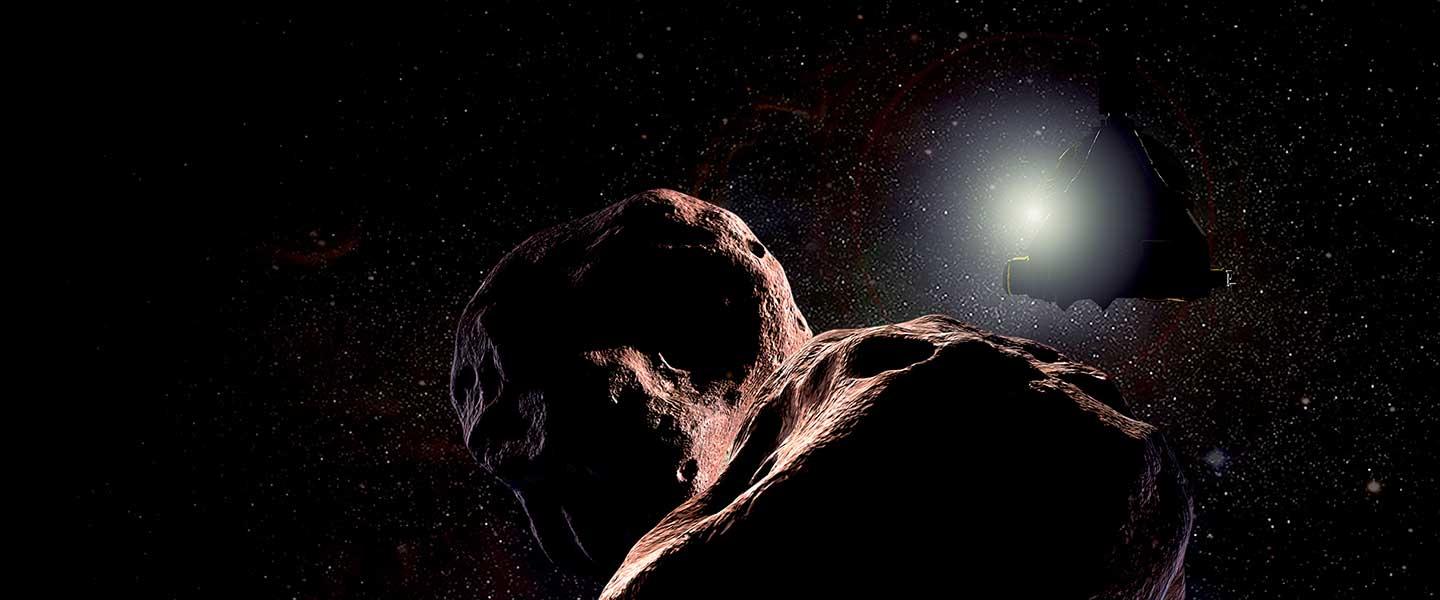
It will take 20 months for all of the Ultima Thule data and images retrieved by New Horizons to download, and the science community is eager to dive into the data analysis. The story is far from over - even as the probe sped away from Ultima Thule, the departing view of the object backlit by the sun may reveal the presence of a halo of dust or plasma.
Ultima Thule is a classic small Kuiper Belt object – a pristine remnant of the beginning of our Solar System’s formation, offering scientists a peek into the distant past. Mark Showalter, SETI Institute senior research scientist and fellow, described Ultima Thule’s formation for Space.com:
“So, how did they slow down? Well, the best way to understand that is if there were another moon, or two or three, orbiting this system," Mark Showalter, a New Horizons co-investigator from the SETI (Search for Extraterrestrial Intelligence) Institute in Mountain View, California, said during a news conference Thursday (Jan. 3).
"Essentially, what those moons would do is put the brakes on the two bodies in the middle — slow them down" by carrying away the duo's angular momentum, he added.
As New Horizons continues to send back data, if such a moon exists, it may be revealed when some of the data comes back in late January. Meanwhile, the probe has been programmed observe at distance other bodies in the Kuiper Belt, and may even fly past a third object if another mission extension is granted by NASA.
- Space.com: The Hunt Is on for Moons Around Ultima Thule
- CNN: After flying by Ultima Thule, what's next for New Horizons?
- ABC News: Scientists show off space snowman, Ultima Thule, in 3D
- Sky & Telescope: New Views of Two-Lobed “Ultima Thule”
- NASASpaceflight.com: New Horizons in solar communication blackout, team studies first flyby data
- Eos: New Horizons Sends First Looks of 2014 MU69
 Innovations in the Search for Technosignatures
Innovations in the Search for TechnosignaturesRetirement has done little to slow down Jill Tarter, who continues to act as a leader and tireless advocate of the SETI field. Tarter, co-founder of the SETI Institute and Chair Emeritus for SETI Research, is pushing for astronomers to widen their research to include the hunt for technosignatures – indicators of the presence of extraterrestrial technology – according to GeekWire:
“When the astrobiology people started talking about ‘biosignatures,’ it just seemed obvious,” Tarter told GeekWire this week at the American Astronomical Society’s winter meeting in Seattle.
Tarter said the term crystallizes the idea that scientists should look for a variety of technological traces potentially pointing to intelligent life beyond Earth.
“We’re really talking about more than just searching for radio signals or optical signals,” she said. “What is it that technology does to modify its environment in a way that we can detect over interstellar distances, and distinguish from what life does?”
New instruments designed for other types of research could potentially be utilized for such a search, and astronomers working on a wide range of projects might be able to incorporate technosignature detection into developing future initiatives:
“There are so many instruments we’re going to build, and if you only opened your mind and thought about different ways we can use them, there’s a lot you could do,” Tarter said.
A key challenge to SETI research is the time involved – given the vastness of space, searching for evidence of extraterrestrial technology is necessarily a multi-generational endeavor. To that end, Tarter and Andrew Garcia, a San Francisco State University undergraduate researcher who participated in the SETI Institute Astrobiology REU Program last summer, put together a new tool to track SETI searches, Technosearch:
“The big question that SETI is trying to answer is, ‘Are we alone?’ If we want a meaningful answer, it’s going to take multiple generations to complete,” Garcia explained. “So, the question is, how do we get astronomers four generations from now to know what we looked at today? Technosearch is trying to do this by being an archive where observers can add their own search.”
A web-based searchable database of all published SETI searches from 1960 to the present, Technosearch also allows users to keep the database current by adding their own searches. The tool puts previously obscure or otherwise difficult to find research at the fingertips of the scientific community, and will be a valuable resource for generations to come.
- GeekWire: Scientists look for new ways to track the technosignatures of alien civilizations
- Centauri Dreams: Technosearch: An Interactive Tool for SETI
- Leonard David’s Inside Outer Space: New Web-based Tool Archives ET Searches
- SETI.org: The First Comprehensive, Interactive Tool to Track SETI Searches
 New Repeating FRB Stokes Excitement
New Repeating FRB Stokes ExcitementThe CHIME radio telescope in British Columbia found another repeating fast radio burst (FRB), which are high-energy radio pulses that last only milliseconds or less. They’ve intrigued astronomers since their discovery in 2007, and their source remains unknown. Only a handful of signals were found during earliest days of research into the phenomena, but now more than 60 have been detected, suggesting they are not a rare occurrence. Still, prior to this most recently discovered FRB, only FRB 121102 has been observed to repeat its flashes. Andrew Siemion, the Bernard M. Oliver Chair of SETI Research at the SETI Institute, spoke to Newsweek about CHIME find:
Andrew Siemion, an astrophysicist and director of the Berkeley SETI Research Center, told Newsweek the latest findings represent an incredible discovery. "Up until this point FRB 121102 has been a truly singular object," he said. "It is amazing how much similarity in spectral and temporal behavior there is between this second repeater and 121102, including very limited spectral extent and drifting emission.
Further work, Siemion said, “will provide opportunities to follow this source up at higher frequencies as was done with 121102. It will be particularly interesting to see whether it emits at higher frequencies, and if so how it compares with 121102”.
While some have speculated that FRBs could be signs of extraterrestrial technology, Seth Shostak is skeptical. Shostak, Senior Astronomer at the SETI Institute, wrote an article outlining his reasons to bet on FRBs being naturally occurring:
Aliens are frequently given the credit for causing new celestial phenomenon… If past experience continues to be prologue, the number of known FRBs is going to increase rapidly now. CHIME will find many of them, and the astronomical community is definitely stoked. As a result, I think you can reckon on some clever theoretician coming up with an explanation for these bizarre phenomena within a year or two. I doubt it will be aliens.
- Newsweek: Another Repeating Radio Signal from Deep Space Has Been Discovered
- Thrillist: Astronomers Detected Another Mysterious Repeating Radio Signal in Space
- SETI.org: New Fast Radio Burster: Why the excitement?
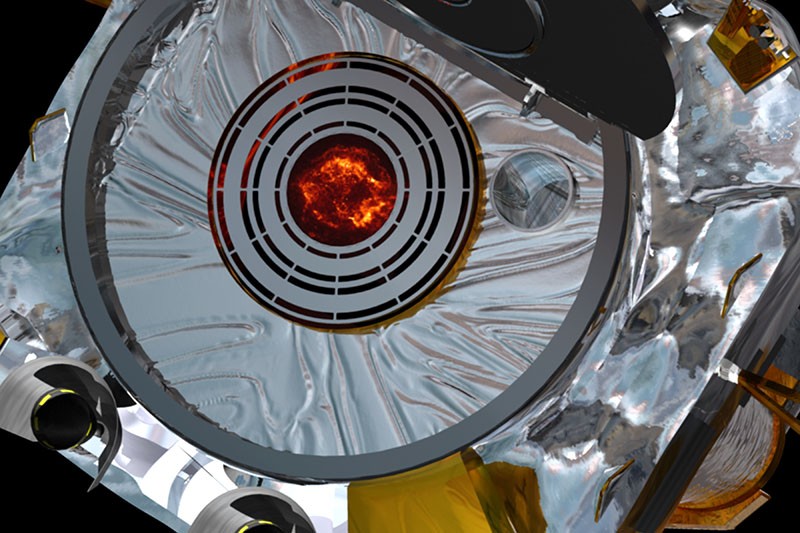 Science Interrupted: The Government Shutdown Threatens Research, Disrupts Careers
Science Interrupted: The Government Shutdown Threatens Research, Disrupts CareersThe impact of the most recent government shutdown, now the longest in US history, is being felt widely, although unevenly, across the country. The journal Nature highlighted the havoc such a breakdown of governance wreaks on science: both the critical costs to research projects and the personal losses being felt by individual scientists and their families. Experiments and data collection, particularly as it pertains to seasonal climate cycles, are on indefinite hold, which means observational data and money already spent on expedition costs could be lost. Observatories around the globe face closures in the coming weeks as current funds run out, and their staff face unpaid leave. Perhaps the hardest hit are early-career, government-funded scientists, many of whom are contractors working without pay during the shutdown, and who are ineligible for both unemployment benefits during and back pay after the shutdown. Many feel they’ll be forced to leave careers in the public sector as the personal toll becomes unbearable.
The SETI Institute, while an independent non-profit organization, is backed by both private donations and government grants, largely through NASA and NSF. Currently, the SETI Institute is continuing much of its work during the shutdown. However, many employees face difficulties as projects are delayed and funding languishes. Franck Marchis, Senior Planetary Astronomer at the SETI Institute, shared how the 2013 shutdown impacted his career with Nature:
When that shutdown began, Marchis was a full-time researcher at the SETI Institute in Mountain View, California, waiting to hear back from NASA and the NSF on multiple grant proposals. Those decisions were delayed for months after the shutdown ended, as the agencies catching up on backlogged applications. Meanwhile, Marchis was running out of money to pay two assistant researchers, and both left his lab.
Tired of waiting for his grants to come through, he took a half-time position with a company that manufactures mirrors and optics technology of the sort used in large research telescopes. Today, Marchis spends half his time at SETI and half at the telescope start-up firm Unistellar. “I don’t want to put my family in that same situation ever again,” he says of the 2013 shutdown.
Marchis also discussed the chilling effect the shutdowns have had on young people aspiring to work in science:
“When I talk to young people about my research, I often mention this,” he says. “‘Don’t forget, if one day they don’t want to pay you, they push a button and your dream is over.’ That’s what you need to be ready for as a scientist.”
With no end to the political impasse in sight, the damage being done to scientific endeavors and those who pursue them may well be felt for years to come.
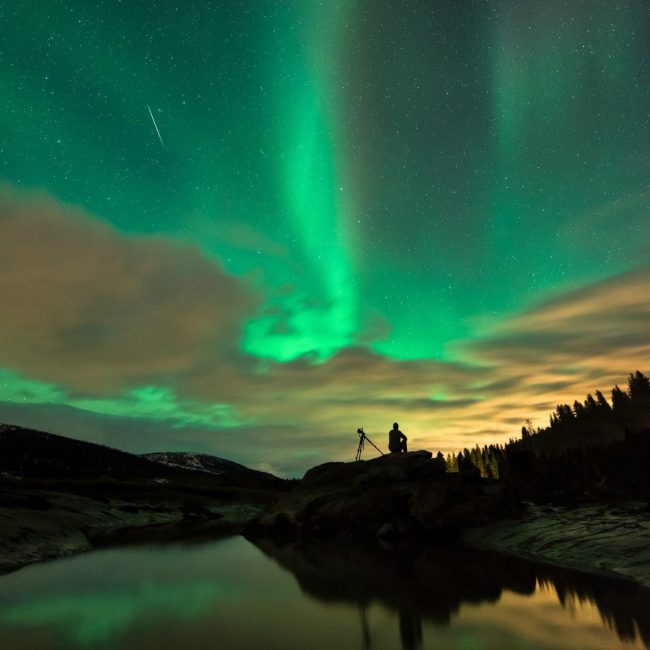 Quadrantid Meteor Showers Light Up January Sky
Quadrantid Meteor Showers Light Up January SkyEarly January brought the spectacle of the Quadrantid meteor shower, which peaked on January 3rd and 4th. SETI Institute senior research scientist Peter Jenniskens studied the Quadrantids and found them to be a bit of a curiosity, as EarthSky reports:
Quadrantid meteors have a mysterious parent object. In 2003, astronomer Peter Jenniskens tentatively identified the parent body of the Quadrantids as the asteroid 2003 EH1. If indeed this body is the Quadrantids’ parent, then the Quadrantids, like the Geminid meteors, come from a rocky body – not an icy comet.
If you missed the show, be sure to check out Meteorshowers.org to see the next opportunity to catch a falling star.
- EarthSky: Dark skies for 2019’s Quadrantid meteors
- Space.com: Quadrantid Meteor Shower: Odd in Several Ways
- Sky & Telescope: The Best Meteor Showers in 2019
- Meteorshowers.org: Quadrantids meteor shower
 Could Aliens Be Blindsided by Global Warming?
Could Aliens Be Blindsided by Global Warming?Seth Shostak, Senior Astronomer for the SETI Institute, addressed a recent Forbes article that suggests the galaxy could be full of long gone civilizations caught off guard by natural climate change. Writing for NBC News MACH, Shostak examined the argument, which posited that aliens might not predict the warming that naturally occurs as a planet’s star ages and heats up:
According to the article, this inexorable heating — something that eventually happens in every solar system — might catch alien societies by surprise if they don’t have a cousin of Venus to study.
Venus is an example of what happens to a planet when its host star is too nearby or too hot. The second rock from the sun was once a kinder, gentler, wetter world, you see. But because it’s closer to the sun than Earth is, its oceans dried out long ago, and today the temperature on Venus is a sweaty 900 degrees F. It’s a palpable example, right there in the sky, of what wanton global warming can do.
Having a planet similar to Venus may act as a kind of warning, “… clueing in aliens about a fate that might befall their own planet. If not, then perhaps there could be a lot of broiled and braised extraterrestrial societies out there”. Or so goes the theory – Shostak has doubts that any possible cosmic peers would lack the capacity to anticipate the danger of an aging star, especially if they had a similar lead time of billions of years.
- NBC News MACH: Why our galaxy probably isn't full of alien civilizations killed off by climate change
 Seth Shostak on The Disruptors
Seth Shostak on The DisruptorsSeth Shostak,Ssenior Astronomer at the SETI Institute, appeared on The Disruptors podcast. Listen in to a lively and wide-ranging conversation on Shostak’s career searching for extraterrestrial life, his views on artificial intelligence, space exploration, life on Mars, and more.
Be sure to also check out Shostak’s own podcast, Big Picture Science, co-hosted by executive producer Molly Bentley and recorded at the SETI Institute.
- The Disruptors: Seth Shostak on SETI, Space and the Search for Extraterrestrial Life | Big Picture Science
In last week’s episode, how science fiction helps us imagine the future science and technology in Sci-Fi From the Future. On our previous week’s episode, marvel at the extraordinary and indispensable creepy-crawlies known as insects on an encore of the X-Flies.
Last time on Facebook Live, CEO Bill Diamond showed viewers the SETI Institute booth at the AAS conference in Seattle, where he was joined by Douglas Caldwell, Jeffrey Coughlin, Margaret Turnbull, and Joseph Twicken. Videos of all past Facebook Live events can be found on our Facebook page: https://www.facebook.com/SETIInstitute/
- Sea Island Creativity Conference: January 18-19, 2019, Sea Island, GA Jill Tarter, SETI Institute co-founder, will be one of the featured speakers
- Benjamin Dean Astronomy Lectures: New Approaches to Looking for E.T.: February 11, 2019, California Academy of Sciences, San Francisco, CA Seth Shostak is the featured speaker
- American Association for the Advancement of Science Annual Meeting: February 14-17, 2019, Washington, D.C.
- San Mateo County Astronomical Society: March 1, 2019, College of San Mateo, San Mateo, CA SETI Institute scientist Michael Busch will present Near Earth Asteroid Hazards, Research and Space Missions
- Kepler &K2 Science Conference V: March 4-8, 2019, Glendale, CA SETI Institute scientist Douglas Caldwell will present The Kepler Photometer
- 50th Lunar and Planetary Science Conference: March 18-22, 2019, The Woodlands, TX

